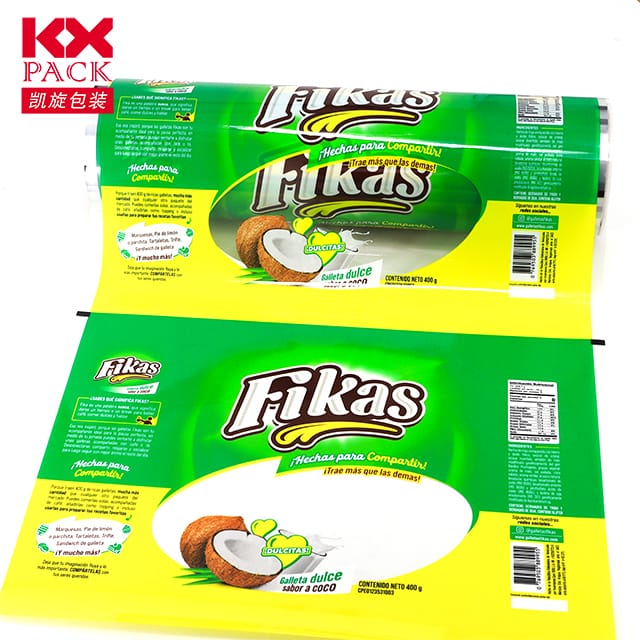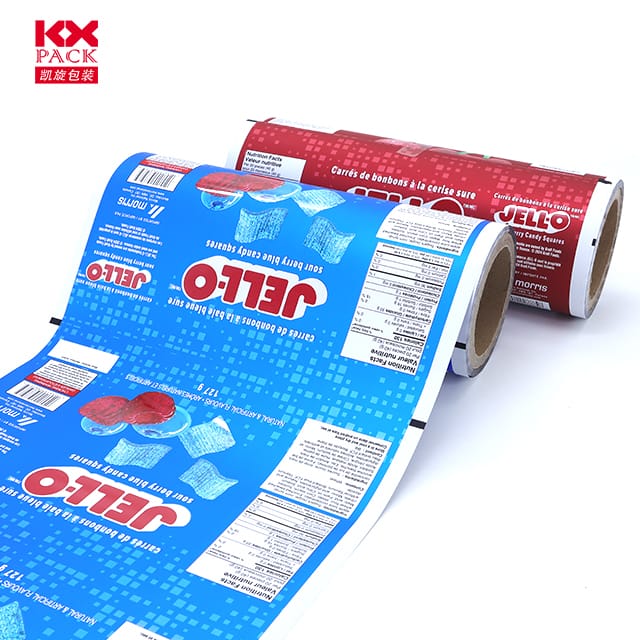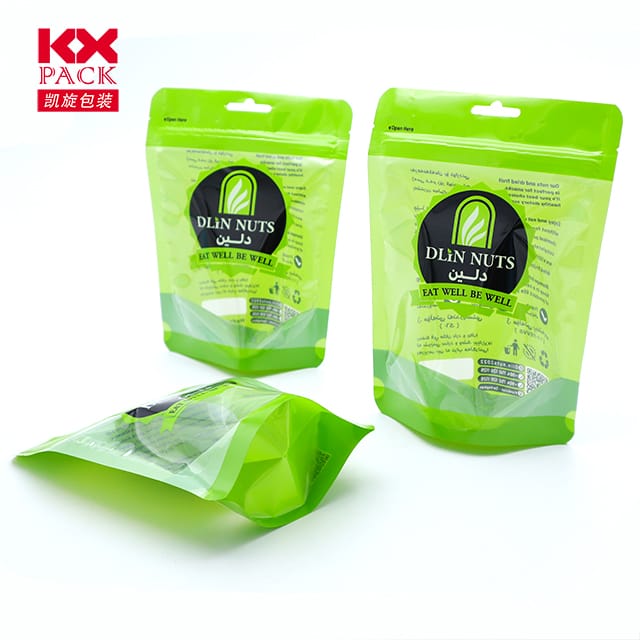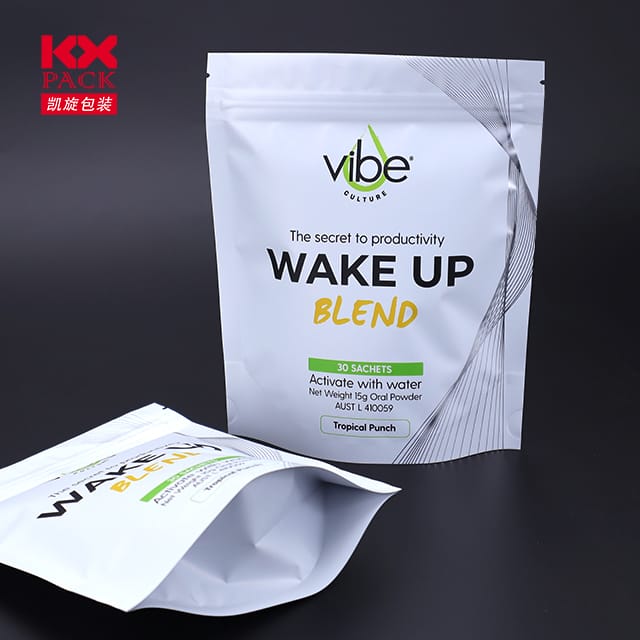Scannán Pacáistiú Uisce Sachet: Nuálaíocht, Inbhuanaitheacht, agus dinimic an mhargaidh
Scannán Pacáistiú Uisce Sachet
The global packaged water industry has witnessed explosive growth in recent decades, with sachet water—a single-use, inacmhainne, and portable solution—dominating markets across Africa, Asia, and Latin America. At the heart of this phenomenon lies the sachet water packaging film, a specialized material that balances functionality, cost-éifeachtúlacht, agus tionchar comhshaoil. This blog explores the technical evolution, sustainability challenges, and market trends shaping the future of sachet water packaging.
1. The Rise of Sachet Water: A Global Phenomenon
Sachet water, typically packaged in 500 mL or 200 mL polyethylene (Corpoideachas) or polypropylene (PP) scannán, has become a lifeline in regions with unreliable piped water infrastructure. In Ghana alone, over 40 plastic manufacturing companies produce 26,000 metric tons of plastic products annually, with sachet water accounting for a significant share. The affordability of sachet water (often priced below $0.10 per unit) and its convenience have fueled demand, particularly in urban slums and rural areas.
ach, this proliferation has also triggered environmental concerns. Over 10,000 metric tons of finished plastic products are imported into Ghana annually, exacerbating waste management challenges. A study in Nigeria revealed that sachet water microplastics alter soil chemistry, increase antibiotic resistance in bacteria, and reduce metal concentrations in agricultural land, posing risks to food security and public health.
2. Technical Evolution: From Basic Films to High-Performance Solutions
Tá an Scannán Pacáistiú Uisce Sachet market has evolved to address durability, airíonna bacainn, and cost. Traditional films rely on single-layer PE or PP, but advanced multi-layer structures now dominate:
- PET/VMPET/CPP Composites: Used in wet wipes and food packaging, this structure combines PET (teireiftaláit poileitiléin) for printability, VMPET (vacuum-metalized polyester) for oxygen and light barrier, agus CPP (cast polypropylene) for heat sealing.
- Aluminum-Based Films: For products requiring extended shelf life, laminates like PET/AL/PE (polyester/aluminum/polyethylene) offer superior moisture and gas resistance.
- Roghanna in -bhithmhillte: Emerging materials such as PLA (aigéad polalactach) and starch-based films aim to reduce plastic waste, though cost and scalability remain hurdles.
Nuálaíochtaí mar high-barrier coatings agus anti-microbial additives are also gaining traction. Mar shampla, Choose Water’s plant-based water bottle, though not a sachet, demonstrates the potential of bio-degradable inner liners paired with recycled paper shells.(Scannán Pacáistiú Uisce Sachet)
3. Inbhuanaitheacht: Balancing Convenience and Environmental Responsibility
The sachet water industry faces mounting pressure to adopt circular economy principles. Key challenges include:
- Bonneagar athchúrsála: Most sachets end up in landfills or waterways due to inadequate collection systems. Ghana’s Extended Producer Responsibility (EPR) framework, though nascent, seeks to hold manufacturers accountable for waste.
- Material Innovation: Companies like Amcor are experimenting with mono-material laminates (E.g., PE/PE) to improve recyclability. Project Reflex, a UK initiative, evaluates the recyclability of flexible packaging films, aiming to create a closed-loop system.(Scannán Pacáistiú Uisce Sachet)
- Iompar Tomhaltóirí: Education campaigns and deposit-return schemes (DRS) are critical. In Brazil, sachet recycling rates improved after partnerships between brands and waste pickers.(Scannán Pacáistiú Uisce Sachet)
4. Treochtaí Margaidh: Global Expansion and Competitive Dynamics
The global packaging film market, luach ag $156.9 billiún i 2024, is projected to grow at a 6.16% CAGR tríd 2030. Sachet water films, a subset of this market, are driven by:
- Emerging Economies: Asia-Pacific dominates (59% sciar den mhargadh), with countries like India and Indonesia adopting sachet water as a primary drinking source.
- Borradh ríomhthráchtála: The rise of online grocery platforms has spurred demand for lightweight, durable packaging.
- Brú rialála: Stricter bans on single-use plastics in the EU and parts of Africa are accelerating R&D in sustainable alternatives.
5. The Future of Sachet Water Pack
To thrive in a low-carbon economy, the industry must prioritize:
- Scalable Biodegradables: Cost-effective compostable films that meet food-grade standards.
- Pacáistiú Cliste: RFID tags and sensors to monitor freshness and reduce waste.
- Collaborative Models: Public-private partnerships to build recycling infrastructure, as seen in Mondi’s water stewardship programs.
Conclúid
Sachet water packaging films exemplify the tension between accessibility and sustainability. While they provide a vital service to billions, their environmental footprint demands urgent action. By embracing innovation, policy frameworks, agus rannpháirtíocht tomhaltóirí, the industry can transition toward a circular model that safeguards both public health and planetary boundaries.
References: Global Packaging Film Market Report (DIResearch), Springer Journal on Microplastics, Amcor Sustainability Reports, Choose Water Case Study.







